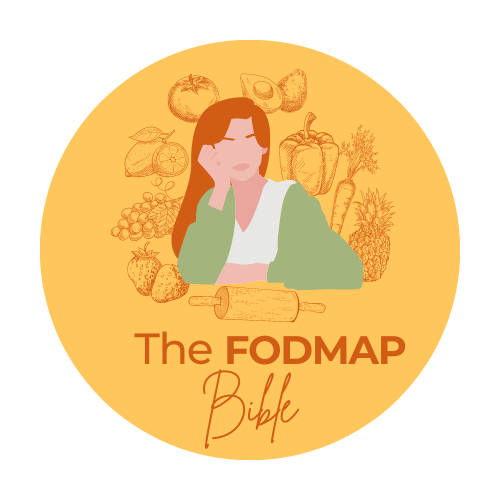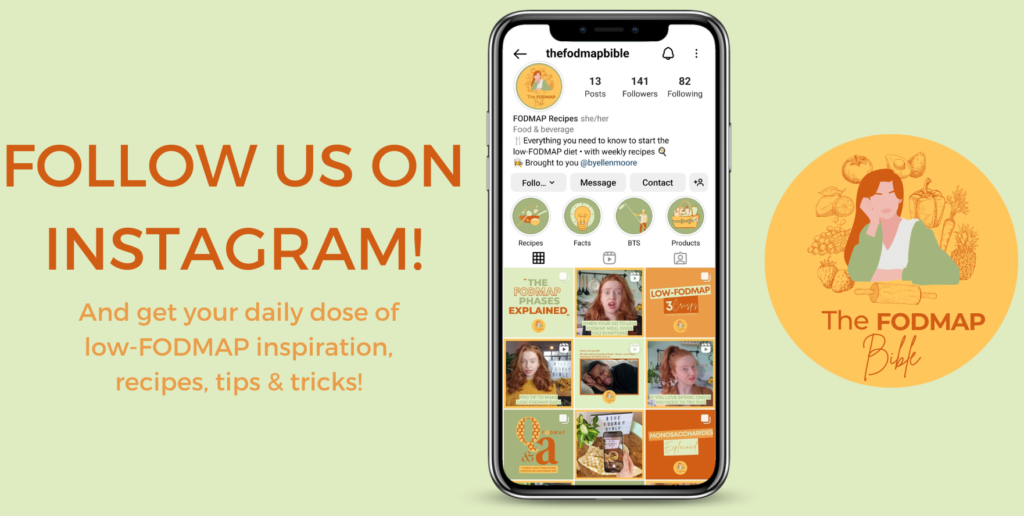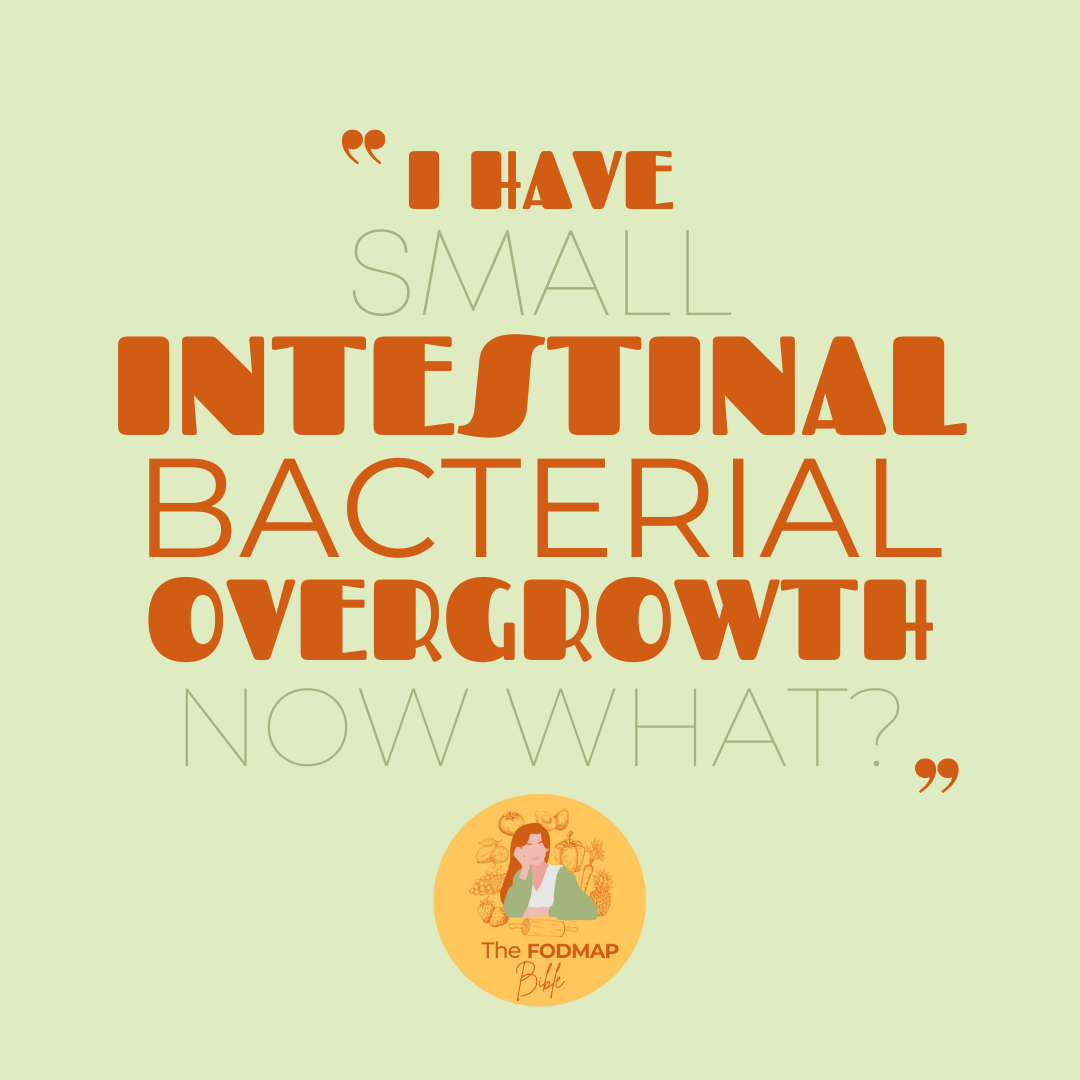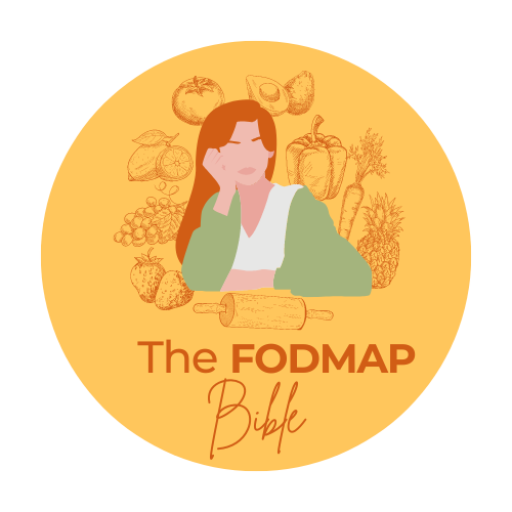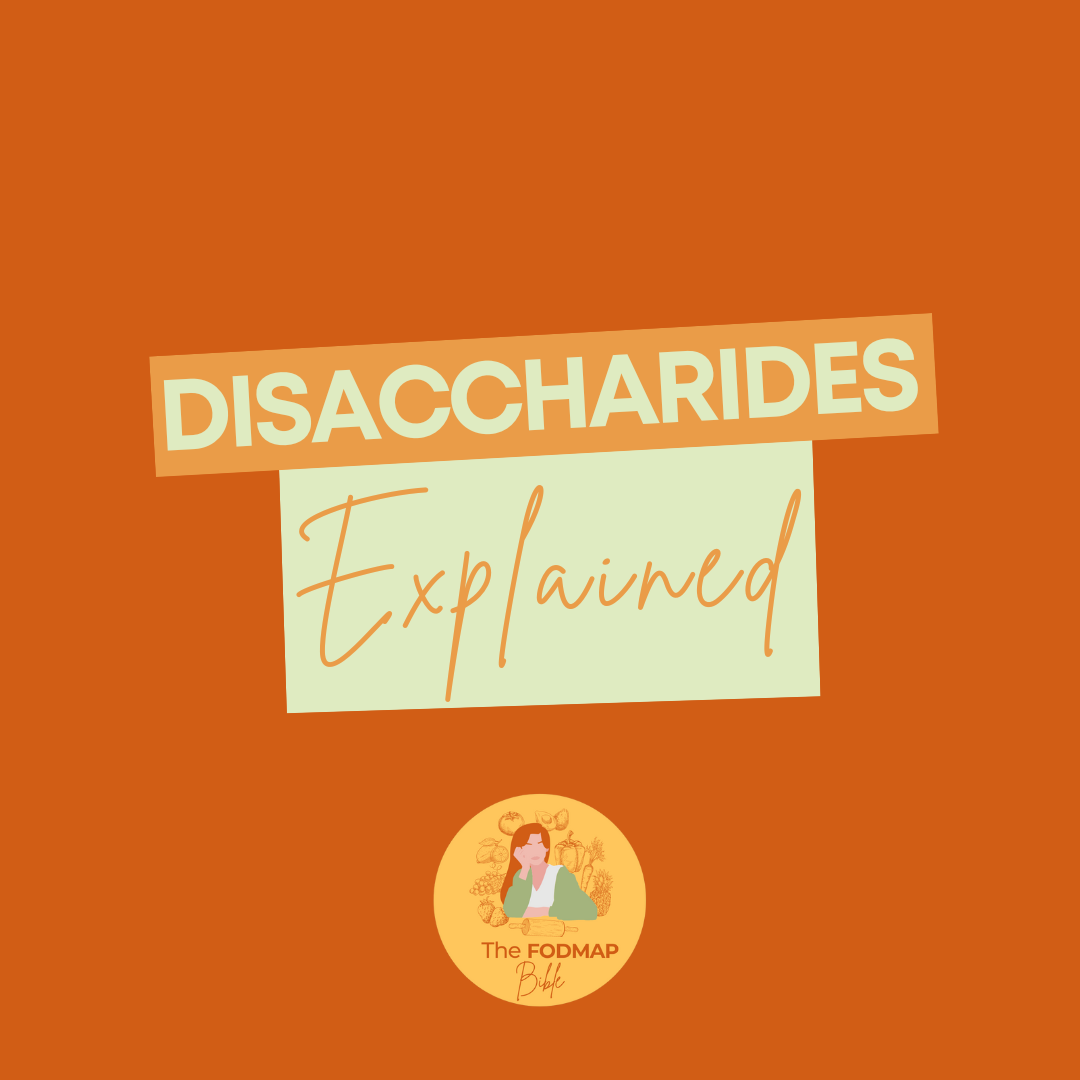
Disaccharides Explained
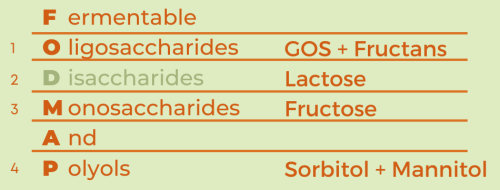
The term FODMAP was coined to give a name to the 4 categories of short-chain carbohydrates which all irritate the gut, one way or another.
In order to properly understand the FODMAP diet, the ways it works and why not sticking to the diet causes so many symptoms, we need to begin by understanding what the various parts of the word FODMAP mean. Today we’re taking a closer look at the second to last category: monosaccharides.
Monosaccharides
In order to understand how disaccharides irritates the gut, we need to take a closer look at what monosaccharides are and how the human body digests them. I highly recommend reading our article about monosaccharides. But in case you missed it: monosaccharides are the basic building blocks from which all carbohydrates are built.
Disaccharides
When two monosaccharides are bonded to one another, by a so-called glycosidic linkage, they form a disaccharide. Disaccharides are the type of short chain carbohydrates for which the third letter of the word FODMAP stands. There are a variety of different disaccharides, including:
● Sucrose;
● Lactose;
● Maltose.
‘The joining of monosaccharides into a double sugar, called a disaccharide, happens by a condensation reaction, which involves the elimination of a water molecule. […]’ 1
Disaccharidases
Breaking apart a double sugar into its two monosaccharides is accomplished [by a process called] hydrolysis with the help of a type of enzyme called a disaccharidase. Each disaccharide is broken down with the help of a corresponding disaccharidase’ 1:
Sucrase is needed to break down sucrose;
Lactase is needed to break down lactose;
Maltase is needed breaking down maltose.
Lactose is one of the six subcategories of short-chain carbohydrates that need to be avoided on a low-FODMAP diet.
Lactose intolerance is the result of a lack of lactase enzymes in the small intestines. This results in the inability to break down lactose into glucose and galactose.
Just like with undigested fructose, undigested lactose gets transported into the large intestine. There it gets fermented by the gut bacteria, also referred to as colonic flora. During this process of fermentation the colonic flora releases a combination of hydrogen, carbon dioxide and methane, leading to symptoms like bloating, diarrhea, flatulence and gastrointestinal pain.
Symptoms typically start thirty minutes to two hours after eating or drinking milk-based food. Their severity typically depends on the amount a person eats or drinks. For more information about lactose, click here.
Want to know more about all things low-FODMAP? Follow us on Instagram & TikTok @theFODMAPbible – for recipes, inspiration, explanations and loads of advice on how to make your life on the low-FODMAP diet as enjoyable as it would have been without. Trust me: you won’t regret it, pinky promise!
We hope to see you on our socials 🙂

Please note that we are NOT doctors & we do NOT provide any medical advice
If you’re struggling with symptoms – that could potentially be a gastrointestinal disorder like Irritable Bowel Syndrome (IBS), Inflammatory Bowel Disease (IBD) or Small Intestinal Bacterial Overgrowth (SIBO) – we strongly suggest for you to seek medical help and recommend you to reach out to a healthcare professional, who can offer you the right guidance.
We want to emphasize that the low-FODMAP diet is a medically induced diet, that should be started only when a doctor diagnosed you with a gastrointestinal disorder and should always be done under strict supervision of a specialized dietician or other healthcare professional.
Nonetheless, we maintain strict policies when it comes to the prevention of spreading fake news. Our posts are written by research journalist @byellenmoore and are based upon both scientific research and her own personal experiences with being on the low-FODMAP diet, as a patient suffering from Irritable Bowel Syndrome (IBS). We share what we know, to give you a better understanding of that from which you suffer, in order to make your journey – going low-FODMAP – a little bit easier!
Sources
1: “Disaccharide.” 2022. In Wikipedia. https://en.wikipedia.org/w/index.php?title=Disaccharide&oldid=1095636821.
